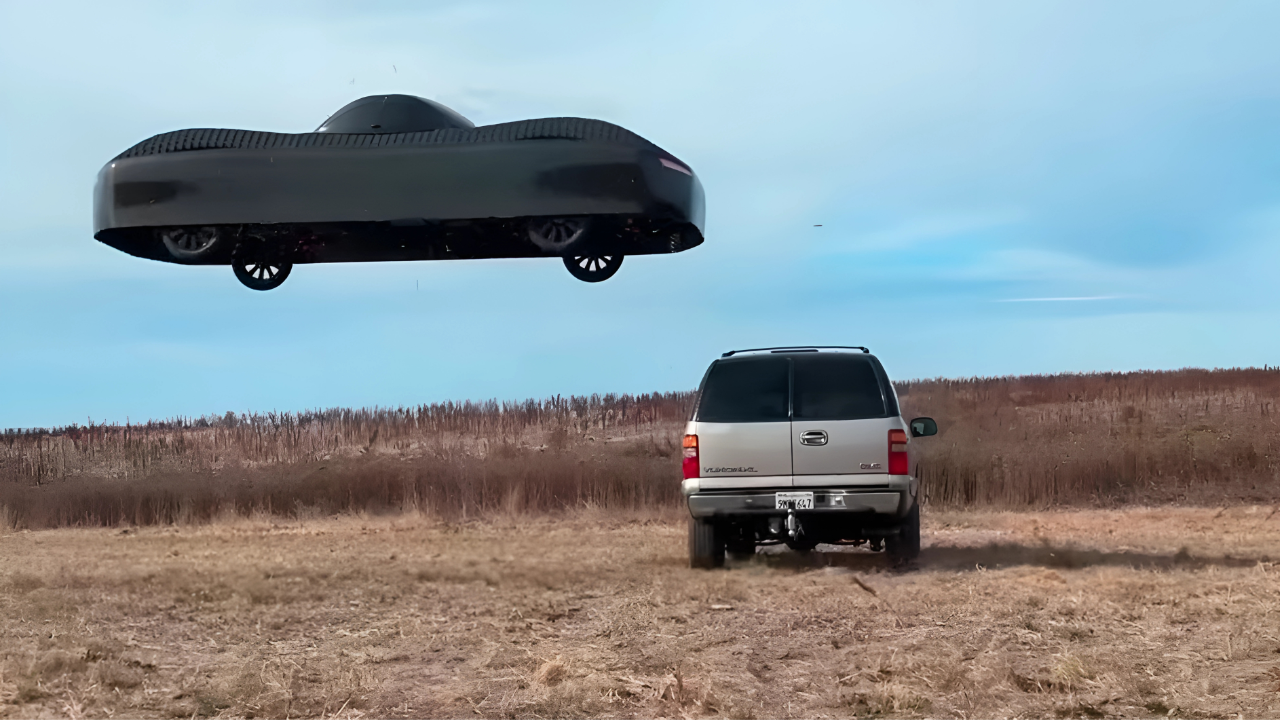The dream of a flying car has captivated imaginations for nearly a century. In 2026, that vision is set to become a reality for early adopters in the United States, as the Slovakia-based Klein Vision prepares to launch its certified AirCar—a vehicle that promises to transform both roads and skies. With a sleek design, advanced aerodynamics, and the ability to transition from car to aircraft in less than two minutes, the AirCar is poised to redefine personal mobility and offer a genuine alternative to gridlock. Goodbye Traffic: USA Unveils World’s First Flying Car for Daily Commute Revolution
What Is the Klein Vision AirCar?
A Dual-Mode Marvel
The Klein Vision AirCar is a two-seater, road-legal vehicle that can also function as a fully certified aircraft. At rest, it resembles a stylish sports coupe, measuring about six meters in length and no wider than a typical SUV. With a curb weight of just 800 kg, it is lightweight yet robust, designed for both agility on the road and stability in the air.
Seamless Transformation
The AirCar’s standout feature is its ability to transform from a car to an aircraft in under two minutes—just 80 seconds in some reports. With the press of a button on the dashboard, wings and a tail unfold, and the steering wheel converts into a yoke for flight controls. The vehicle’s 280-horsepower V-6 engine shifts its power from the wheels to a rear propeller, enabling a smooth transition from driving to flying.
Performance and Capabilities
Speed and Range
On the road, the AirCar can reach speeds of up to 124 mph (200 km/h), while in the air, it cruises at 155 mph (250 km/h). Its impressive flight range is up to 1,000 kilometers, with a service ceiling of 10,000 feet. This makes it suitable for both short urban hops and longer regional journeys.
Practicality
The AirCar is designed for everyday use. It can fit into a standard parking spot and offers a familiar driving experience with a traditional dashboard, pedals, and steering wheel. For flight, it requires a short airstrip, making it accessible to private pilots and small business operators.
Certification and Safety
Regulatory Milestones
The AirCar has already earned a Certificate of Airworthiness from the Slovak Transport Authority, thanks to rigorous testing that included over 170 flight hours and more than 500 takeoffs and landings. Klein Vision is now working to secure certification from the US Federal Aviation Administration (FAA) and the European Union Aviation Safety Agency (EASA), with expectations for full approval by late 2025.
Dual Licensing
Prospective owners will need both a driver’s license and a private pilot certificate. This dual requirement ensures that operators are qualified to handle the vehicle in both modes, prioritizing safety for themselves and others.
Market and Pricing
Target Audience
Klein Vision plans to produce about 100 units per year, targeting early adopters, business travelers, and potentially air taxi operators or emergency services. The vehicle’s price tag is expected to range from $800,000 to $1 million, placing it in the same bracket as high-end supercars.
Future Developments
The company is already exploring upgrades, including twin-engine configurations, four-seat models, and even an amphibious version. These innovations could expand the AirCar’s appeal and utility in the years ahead.
Challenges and Considerations
Urban Air Mobility
Before flying cars become commonplace, cities must address several challenges. Urban air corridors, noise limits, and the development of miniature “vertiports” will be essential to accommodate these vehicles. Insurers are also grappling with how to model risk for a machine that operates as both a car and a plane.
Emissions and Sustainability
The current AirCar model runs on gasoline, raising questions about its environmental impact. As the industry evolves, there is potential for future versions to adopt alternative fuels or electric propulsion.
Pros and Cons at a Glance
-
Pros:
-
Skips surface congestion entirely
-
Transforms with one button and no tools
-
Offers high door-to-door flexibility
-
-
Cons:
-
Requires dual licensing and basic runway access
-
Burns gasoline, so emissions concerns remain
-
High price point limits accessibility
-
Comparison Table
| Feature | AirCar | Conventional Car | Regional Jet |
|---|---|---|---|
| Cruise Speed | 155 mph | 65 mph | 450 mph |
| Door-to-Door Flexibility | High | High | Low |
| Runway Required | Short airstrip | None | Full airport |
| Typical Price | $0.8–1 M | $40–70 K | $30–40 M |
Industry Impact and Future Outlook
Inspiring Innovation
The AirCar’s arrival marks a significant milestone in personal aviation. Its certification and upcoming market launch demonstrate that flying cars are no longer just science fiction but a viable mode of transportation. The success of the AirCar could inspire further innovation and investment in urban air mobility solutions.
Transforming Commutes
For commuters, the AirCar offers the tantalizing prospect of bypassing traffic jams and reducing travel times. A two-hour drive could become a 30-minute flight, making it especially appealing for business travelers and those in congested urban areas.
FAQs
Q: How much will the Klein Vision AirCar cost?
A: The AirCar is expected to be priced between $800,000 and $1 million per unit.
Q: What licenses are required to operate the AirCar?
A: Owners will need both a driver’s license and a private pilot certificate.
Q: When will the AirCar be available in the United States?
A: Customer deliveries are scheduled to begin in early 2026, pending final regulatory approval.
The Klein Vision AirCar represents a bold step forward in personal mobility, blending the convenience of a car with the freedom of flight. While challenges remain—including regulatory hurdles, infrastructure needs, and environmental considerations—the AirCar’s imminent arrival signals a new era in transportation. For those willing to invest in the future, the sky is no longer the limit.

